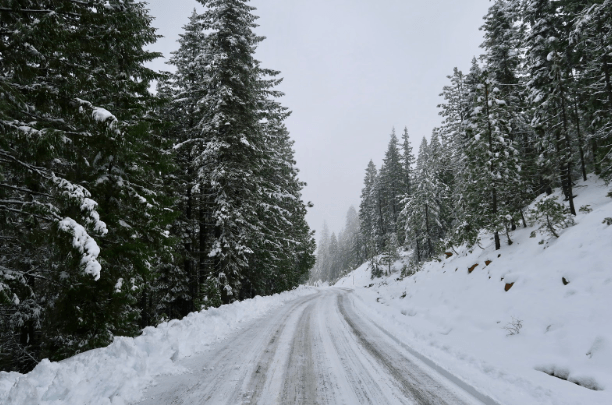
Several decades ago (prior to about 1980), winterizing your car was often a complicated ritual, but critical if you wanted your car to start when the temperature dropped. Luckily, modern cars don’t need quite as much babying when the weather turns cold, because nowadays automotive technology is such that cars can start in extremely frigid temperatures without the need for a lot of special winterizing preparations.
However, if you want your vehicle to start on cold mornings and run well when the cold weather hits, it’s still important to prepare your car for winter by doing a few simple things (or having your auto mechanic do them).
Switch to winter-grade oil in the winter.
Motor oil thins as it heats and thickens as it cools. In colder weather, thinner oil is better. The first number in the oil specification index for a motor oil indicates the oil viscosity; for example, 5W-30 is more viscous than 10W-30, and if you generally use 10W-30 oil in the warmer months, switching to 5W-30 in the winter is a good idea. (Be sure to verify the best type of winter oil for your vehicle with your mechanic.)
Switch to winter windshield wiper fluid. Besides cleaning grime from your windshield, winter windshield wiper fluid helps the wiper blades remove snow and ice from your windshield. The windshield fluid you use in the warm months is not up to this task and can actually freeze over when it hits the frigid glass.
Check your engine coolant and antifreeze levels. Antifreeze lives up to its name; it keeps your engine from freezing when the outside temperature is freezing. Have your coolant and antifreeze mixture and levels checked for the peace of mind of knowing your car will start even when the temperature drops.
Keep a winter supply box in your car in case of emergencies. This last item isn’t exactly something you do to maintain your car, but it can maintain your safety if you do get stuck somewhere out in the cold. Your emergency supply box should include blankets, gloves, jackets or coats, and a change of clothing for yourself and your passengers. Make sure to include some high-energy snacks like chocolate, beef jerky, and dried fruit and nuts. Your emergency winter supply box should also include things like a flashlight (check the batteries before heading out on any long journeys), road flares, an extra cell phone charger, and an ice scraper. If you don’t already have a first-aid kit in your trunk, we definitely recommend that you add one to your winter supply box.
We hope we’ve convinced you that having an emergency winter supply box in your car is a good precaution to take as the weather keeps getting colder. Are there other things you have found useful for winterizing your vehicle? We’d love to hear from you. And we encourage you to bring your car to the expert auto mechanics at Nordgren Automotive for winterizing or any other scheduled maintenance or repair. We at Nordgren Automotive are serious about keeping you and your family safe on the roads. Give us a call to schedule an appointment at (763) 703-1365.